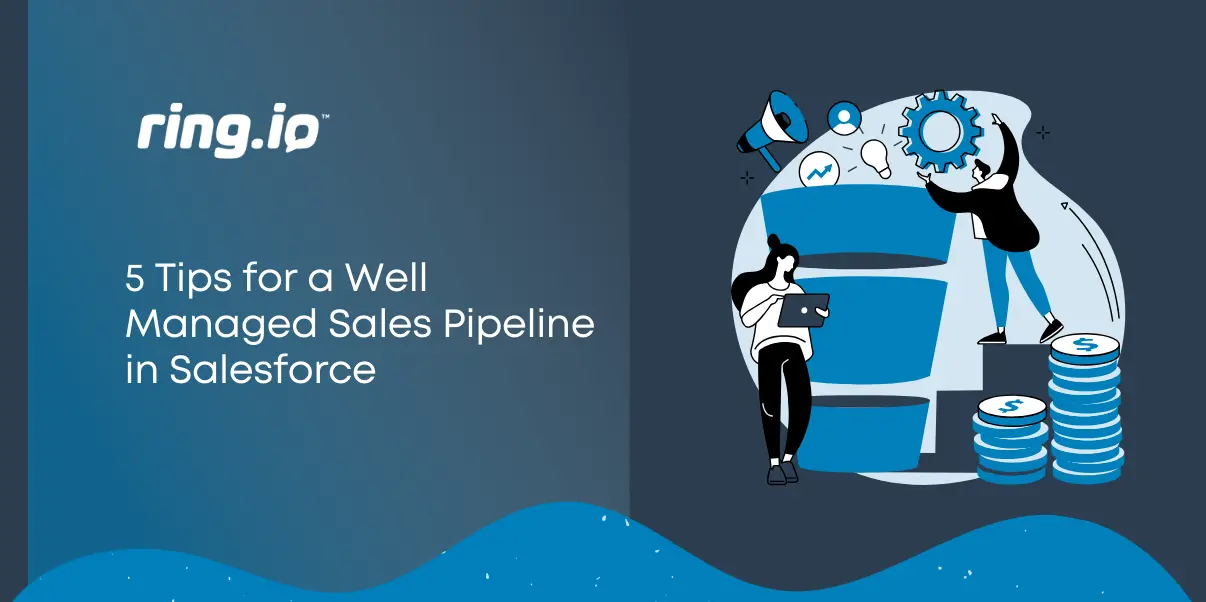Should come as no surprise that Salesforce is one of the most popular CRM options in sales rooms across the world. It’s reliable, customizable, and built for the needs of the modern sales manager.
As with any tool, however, what you get out of it depends on how you use it. Here are five tips that will streamline Salesforce for your reps, and help you obtain the data you need to constantly improve your team.
Include Only Necessary Fields
It’s tempting to ask for all of the data you want at once, but you’re better off resisting that urge. Limit fields for contacts, opportunities, and leads to include only what you need to move the deal forward at a given time. Your reps will appreciate it, and in the long run it’s simply a more efficient way to collect data. Including too many fields ultimately makes your reps less likely to fill out the form completely, while minimizing complexity is the key to having your reps adopt your CRM.
Use Picklists to Standardize Answers
Ideally, you want to use standardized answers whenever possible, to streamline the process and improve reliability. Use picklists for fields where manual text input is unnecessary, and fields where you’d prefer standardized answers. It makes your reps’ jobs easier, and ensures greater accuracy. For fields that change from deal to deal, use manual input instead.
Create a Sales Wiki or Playbook with Clear Instructions
Clarity of direction is absolutely vital. Whether you use a playbook or a sales wiki to house your instructional resources, make sure you provide clear, detailed direction. Consider the common questions that your reps might ask, and try to answer them preemptively.
How long should a rep wait to call a deal lost, and what should they do if an old customer decides to return? Cover all the key items in your playbook or wiki, so that your reps always have a quick-reference guide for pipeline management.
Use Required and Dependent Fields for Key Data
Using dependent fields is a subtle, effective way to guide how your reps input data. Dependent fields are unlocked when the field they depend on is filled in properly, so that your reps have to work through a natural, logical progression to fill out the form fully.
Required fields are less subtle, but equally valuable. When you set a field as required, your rep cannot submit the form until that field is filled out. Use required and dependent fields to make sure that your most important fields are filled out, every time.
Automate Manual Processes
As a group, sales reps tend to resist manual data entry, because it takes them a way from more high-impact sales tasks. So your reps will be more willing to embrace Salesforce if you eliminate manual input when possible.
Automate items like call logging, collecting contact information, and cleansing data to save time, and increase your reps’ engagement with your CRM.
Your two key challenges are getting your reps to buy in to using your CRM regularly, and ensuring that they always input the data you need. Obtaining the right data depends largely on how you label and qualify your fields, while buy-in depends on making the process as simple and valuable as possible for your reps. These tips should help with both, and allow you to extract maximum value from Salesforce data.






